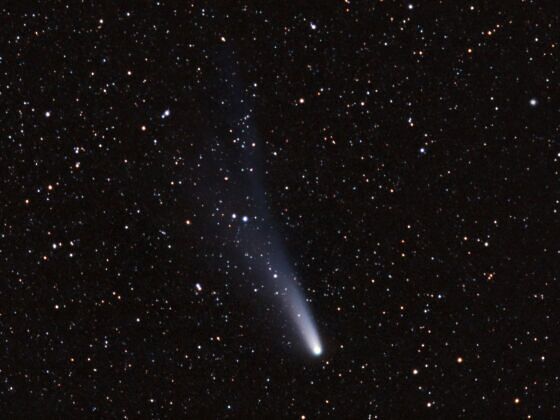A glorious astronomical event is set to grace us with its presence this spring. The Eta Aquarids meteor shower’s annual return is upon us from April 19 to May 28. But to sneak a peek at these shooting stars, you’ll need to either stay up late or wake up early.
Eta Aquarids meteors are made up of the remnants of comet 1P/Halley. Although Halley’s Comet is only viewable once every 76 years (it won’t make its next return until 2061), you can see what it has left behind during its peak season in early May, according to NASA. But what makes Eta Aquarid meteors special are their speed. Traveling at about 148,000 mph (66 kilometers per second) into Earth’s atmosphere, the meteors will leave behind glowing “trains” for several seconds to minutes. You can see anywhere from 10 to 30 meteors per hour depending on what side of the globe you’re on.
